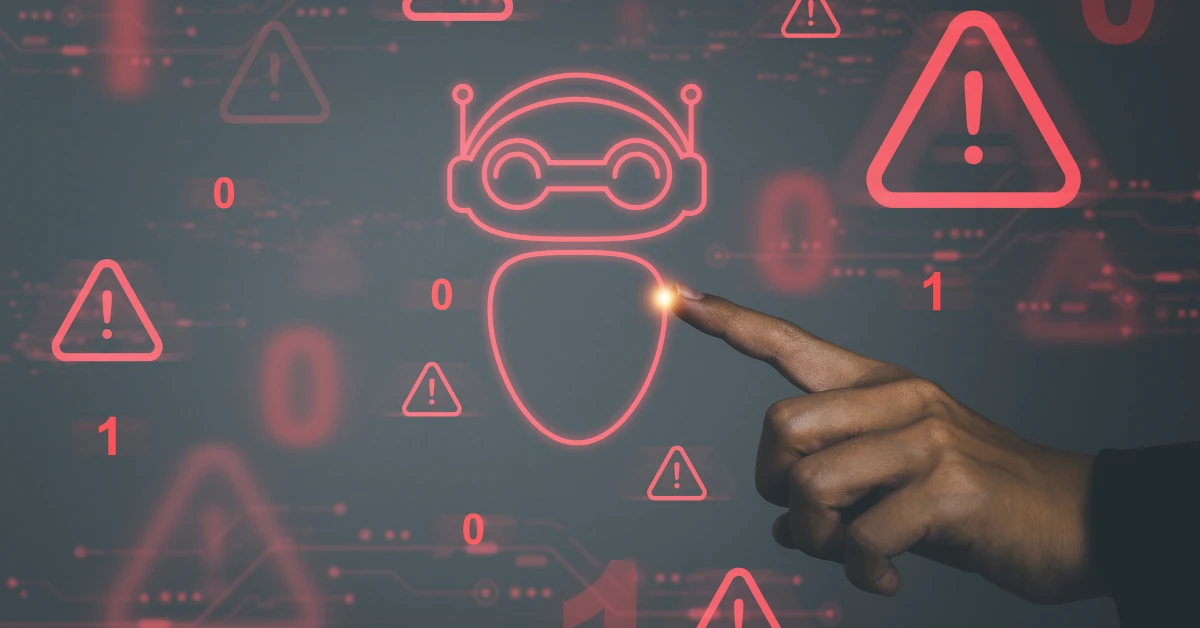A very hot topic: Bimodal IT
Bimodal IT means that you have two modes of IT, each designed to develop and deliver information and services in its own way. Mode 1 is the traditional approach with a focus on emphasizing predictability, accuracy and stability - what a traditional IT organization does best. Mode 2 is an exploratory mode which focuses on emphasizing agility and speed - like a startup. Gartner says that by 2017, 75% of global organizations will have attempted to put a Bimodal IT organizational structure in place.
The capability to have two different modes allows the IT organization to quickly respond to the digital divide within their organizations by operating in two modes that are comprehensive and coherent, but very different, while exploiting the benefits of both modes. During this summit it really became clear that creating an innovative culture inside your organization is more important than ever. It's good to know that StackState supports both modes of Bimodal IT in one model.
Lessons learned implementing IT Service Continuity
Gartner predicts that by 2020, 15% of all consumer-level digital businesses will fail due to inadequate protection against unplanned end-to-end transaction downtime. Therefore, it's important to think about your IT Service Continuity strategy. Gartner shared with us some tips and lessons learned while implementing IT Service Continuity:
Focus on multiple disciplines
—
foundation, awareness and governance process.
Leverage monitoring technology provided by the cloud providers and supplement with the use of monitoring tools for early detection of service interruptions.
Automated end-to-end availability and performance management for hybrid data centers is a work in progress.
Recognize where you can lead and where you must wield influence.
Prepare to address the difficult business trade-offs between convenience and resilience.
If modernizing your internal data center infrastructure, build it out using web-scale IT principles:
- Create identical modules containing groups of servers, storage, networking, etc.
- Multiple locations distributing a well balanced load
- Automatic configuration and almost autonomous operations
- Replication of specific information and smart coherency rules
Risks and benefits with Shadow IT
Shadow IT is growing at a rapid rate and becomes more and more popular by employees of organizations. Shadow IT is hardware or software within an organization that is not supported by the organization’s central IT department. For example: employees start working with shared files apps like Dropbox or using a free trial version of different monitoring and deployment applications. In fact, 80% of employees admit using SaaS applications at work without IT approval. Almost every IT organization has to deal with shadow IT. So...what are the risks and benefits of Shadow IT?
The risks:
Overview - activities are happening outside the control of the IT organization.
Conflict - it can lead to problems with your current integrations.
Security - m
ore vulnerable to attacks and breaches.
Coherence - no insights what data is stored where.
The benefits:
Agility - employees who are using shadow IT can increase flexibility and productivity.
Reach - Shadow IT exploits social media, which your organizations can benefit from as it blurs the boundary between personal information and company tasks.
Financial - it can lower IT costs.
Shadow IT also comes with great opportunities for your organization. It could be an eye opener for new innovations and it gives you the chance to start the conversation with your employees. Why do they use this certain shadow applications and how can we work together in order to fix the problem?
Predicting services outages
Gartner says that by 2018, predictive analytics will prevent 80% of service outages. Gartner highlighted the conditions under which these outages will occur or not. It will happen because of two reasons. The first reason is that I&O leaders will use the management information at their fingertips to predict outages based on teams and technology patterns. Also, I&O senior leadership will use ITSD predictions to guide targeted improvements in teams. Gartner also explained why it won't happen at your organization. I&O leaders won't be able to predict services outages if they can't correlate incidents with changes, ignore ITSD predictions for political reasons or they think the future is scary and no one wants to know what will happen in advance.
Most outages are caused by changes on an IT-level. During the presentation Chris Matchett, Gartner Analyst IT Operations, asked the audience the following question: "Do you formally correlate incidents to past changes to predict the success of planned changes?" Only a shocking 5% responded with 'Always'. 68% of the audience replied with 'Sometimes' and 22% answered with 'Never, but plan too now'. What is your answer?
Gartner was an amazing opportunity for us to speak with a lot of people from different organizations. I want to thank everyone who stopped by the StackState booth and took the time to speak with us. Whether we had a chance to meet you at Gartner or not, we’d love to show you more of StackState. Get in touch to discuss your situation and needs.



